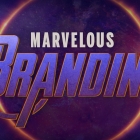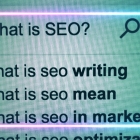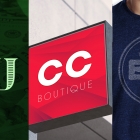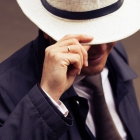Fast & Furious & Corona: The Story of Product Placement in Film
“I’m more of a Corona man.”
The sirens are far off now, no more than a faded memory lost to the streets of Los Angeles. The two men have slowed to a walk. Tonight’s threat has passed. Their hearts are still catching up, beating in rhythm with the music emanating from the house in front of them. Inside, the scene stands in stark contrast to the journey that’s brought them to this point. Nearly two dozen men and women are dancing and laughing and otherwise enjoying themselves in a familiar place. A home. One of the two men addresses a partygoer before returning with a bottle. “You can have any brew you want,” Dom says, handing the beer to Brian. “…as long as it’s a Corona.”
This line is said in the very first entry in the Fast & Furious franchise (The Fast and the Furious), and has become a part of the canon ever since. Audiences are aware of product placement. This is a fact. It’s been a part of funding for decades, and is in many ways essential to production. Not to mention it takes a bit of stress off the producers’ backs. It’s always helpful knowing how much money they can count on before getting started. In most cases, a production company will list out the brands contracted for use before shooting starts. If the main character is drinking a soda in the opening scene, now they’re drinking this soda. Done. On to the next one. This more simplistic style is not the only way to do it. And the Fast & Furious is not the only franchise (or films in general) to do something more.
“For those 10 seconds or less, I’m free.”
On average, product placement deals for feature films run a given brand anywhere from $3-5million. Full-series contracts are known to go as high as $50million. Meanwhile, a TV spot averages around $350k. But there are always exemptions to the rule. For example, Hershey didn’t pay anything for E.T. Instead, the pair crafted a deal where they spent $1million to market the film alongside their product. See? Numbers are always more interesting with a dollar sign in front of them.
“I have money, it’s trust and character I need around me.”
Enough about money. We know why you’re all here, and truth be told, the question is one that we’ve had ever since the first Fast & Furious graced our television. What’s the deal with Domenic Toretto and his love affair for Corona? Knowing now what the typical contract looks like for product placement in terms of dollar signs (cue music from ‘The More You Know’), being the beer of choice for the main character in an 8-film, multi-billion-dollar franchise must cost a fortune. The relationship between The Fast & Furious and Corona costs, in fact, nothing. You read right. I bet you didn’t expect the intrigue to only grow once you’ve had the answer, did you?
When writer Gary Scott Thompson was working on the script, there were a group of kids that hung out nearby doing essentially what he was telling a story about – taking their cars apart and putting them back together. Those kids also happened to be drinking Corona. So Thompson wrote it in. The story of The Fast and the Furious was envisioned as an LA saga, according to director/producer Rob Cohen. And Corona was an iconic Southern California beer. Dom’s ‘family’ in the films is made up of multicultural men and women, exactly the scene he would see when walking his neighborhood and taking in the groups of people hanging out together. It was a perfect fit.
“We talkin’ or we racin’?”
The creators have said that Corona is representative of the spirit they designed for the film and the characters. Seven movies and sixteen years later, both Fast & Furious and Corona are still representing that sentiment of family. That means more than money to them, and that says a lot. Dom shares its sentiment for family and coming together. The writers respect their fans, the history of the franchise itself, and use Corona to enforce that recognition.
Dom and his crew will travel the globe. There’ll be incredible and outrageous action sequences. Every city will have a street race with more eccentric personalities than the last. But at the end of the day, Fast & Furious is about barbeques and Coronas. It’s about that picnic table. It’s about family.
Corona was and continues to be a happy part of The Fast & Furious franchise. While they may not have known how big of a success the films would become way back in 2001, with it growing into an 8-movie franchise (with two more planned and on the way – fingers crossed for “Fast-Ten Your Seatbelts” – and the most recent entry bringing in $1.5billion worldwide, Corona’s early investment and openness to a relationship with the studio and creators is yielding brand exposure far and beyond what they could have hoped.
“I didn’t know pizza places made motors.”
While the Fast & Furious franchise holds a special place in our hearts, they are by no means the only example of memorable (if not necessarily successful) product placement. Wayne’s World is likely the film most will think of, with its masterfully executed scene of escalation as both Wayne and Garth discuss they’re dislike of having to include sponsored products in their show. With each exchange, they show off Pizza Hut, Pepsi, Doritos, and Nuprin, with the best of all being a slow pan revealing Garth suddenly wearing Reebok from head to toe.
I, Robot sees Will Smith kicking off the movie (pun intended) with a high level of excitement for the pair of classic Converses that he ordered finally coming in, stating throughout the film that this pair is the best and how nothing since has gotten better. Subtle, Will.
Another standout example is James Bond’s switch to Heineken for the (great) movie Skyfall. It makes sense that the man doesn’t solely drink Vodka Martinis, sure, but trying to rebrand him, even for a single movie, isn’t something that goes unnoticed. Which, technically, makes the move a successful one. It draws attention to Heineken either way. They paid $45million for the inclusion, so they clearly had some faith in what they were doing.
This next one may be cheating, but in for a penny in for a pound. Michael Bay movies, or, more specifically, the Transformers series. From Beats by Dre being literally brought up to the camera, the shot held for a few seconds, to an Xbox 360 being turned into a rabid Decepticon (though not until it emitted the Xbox activation sound loud and clear to hammer the brand home). Again, these are very expensive movies with their heavy reliance on CGI and a large marketing campaign. The product placement certainly helps take a chunk out of the bill. But still. These inclusions feel much more forced and soulless than some of the others featured in this write up. And that’s the point that Corona and the Fast & Furious crew continue to make.
“You might want to keep your eyes on the road, playboy.”
Product placement is a reality in many forms of production, and the film industry is no different. More often than not, it’s broken down to simple business. The movie needs money and is willing to use whatever products a company is willing to pay for to get it. This happens all the time. While audiences are certainly able to call them out when they see them, it’s more likely that the products pass by undetected, filtered through our subconscious after having seen them included in entertainment all our lives.
GLAD WORKS understands that the way to truly stand out in this world of subpar or forgettable product placement is to take a page from examples like the Fast & Furious and Stranger Things (What’s that food Eleven loves most? Exactly.) and work with a production company or film studio that’s willing or looking to do something a little more with the whole thing. We understand that audiences crave something different. Give them that,
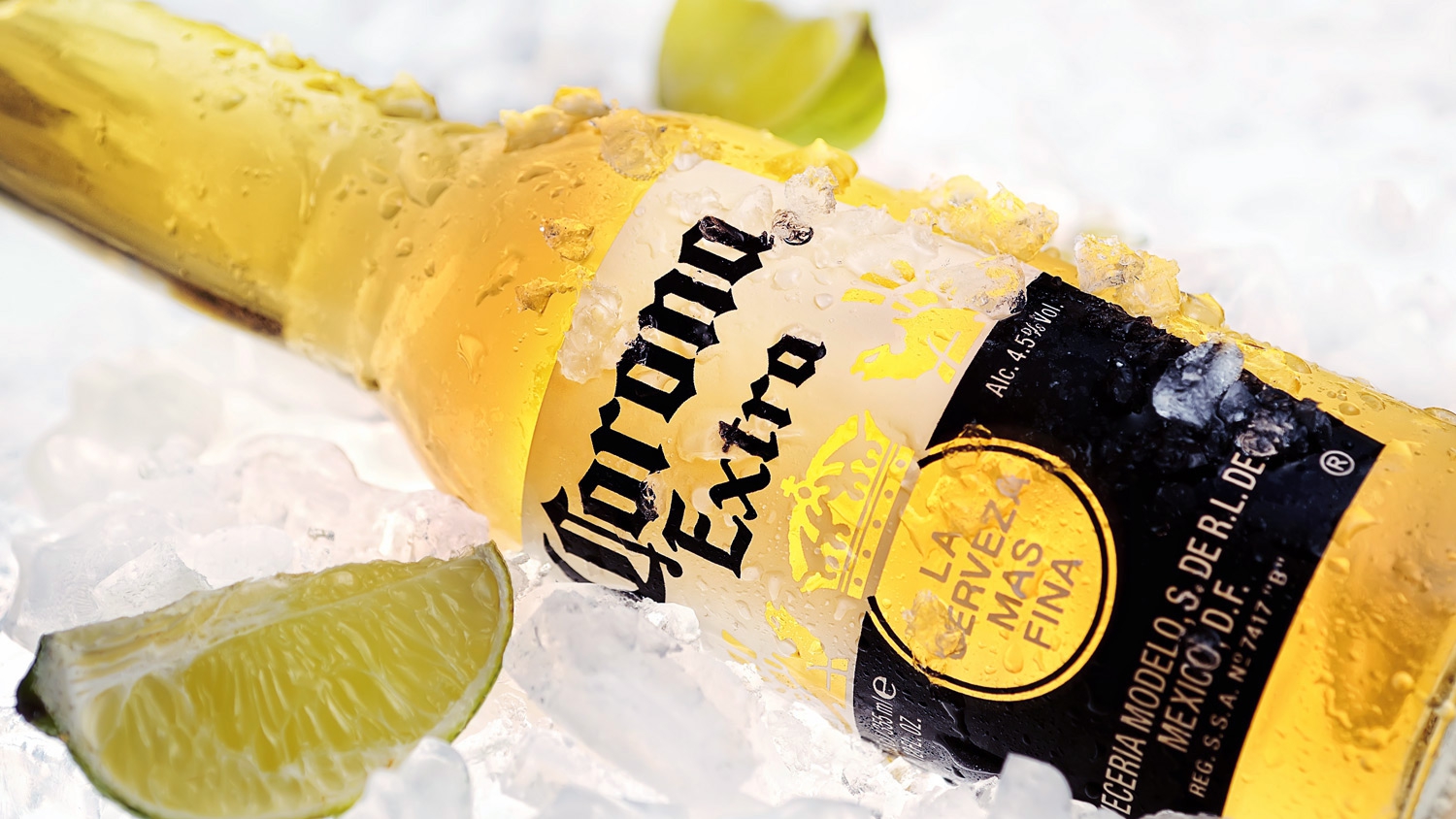
 An agency-eye view of Marketing, Advertising, Branding, Design & Media.
An agency-eye view of Marketing, Advertising, Branding, Design & Media.